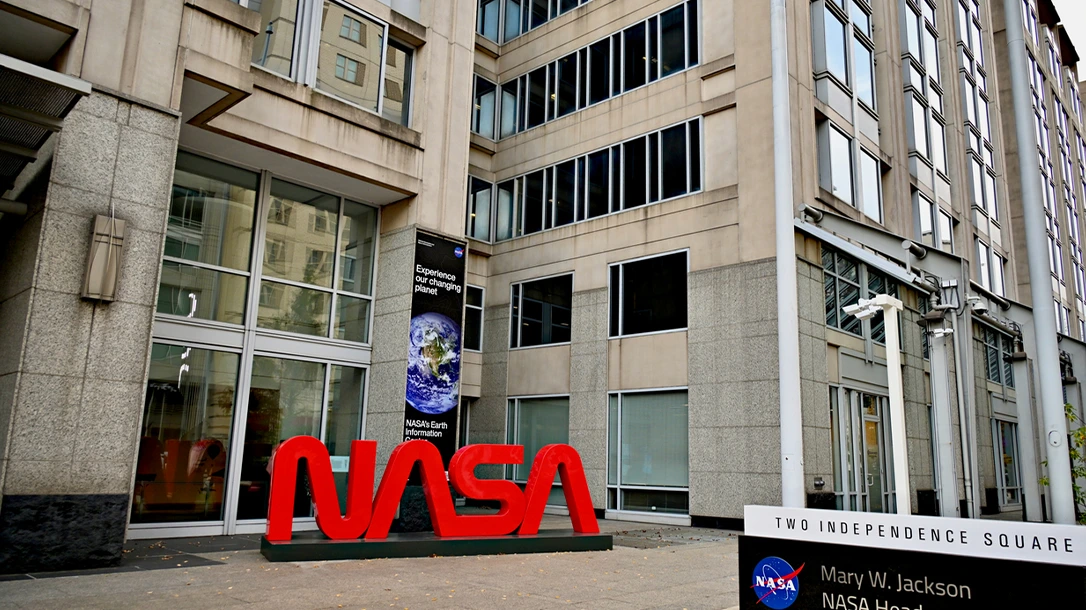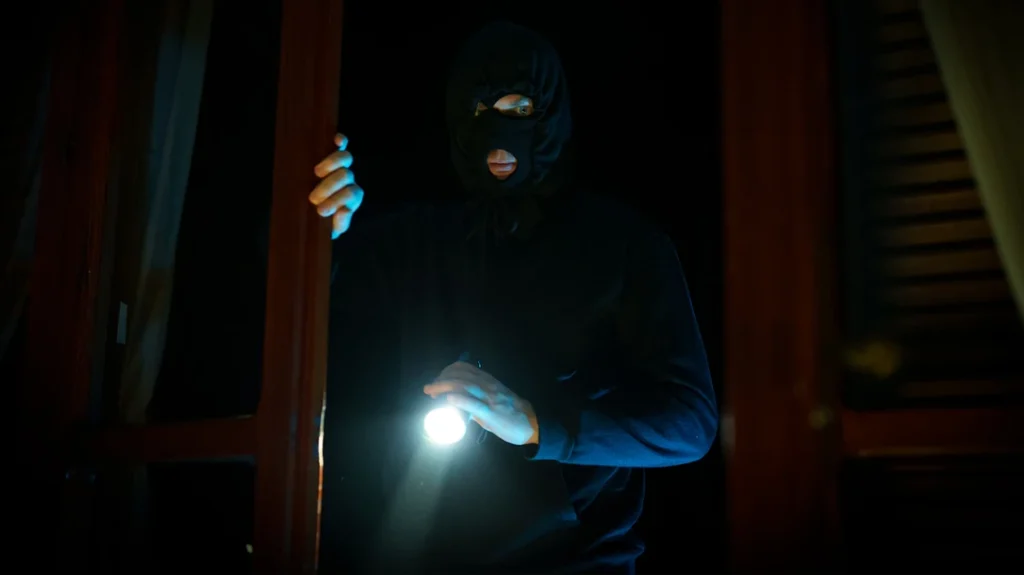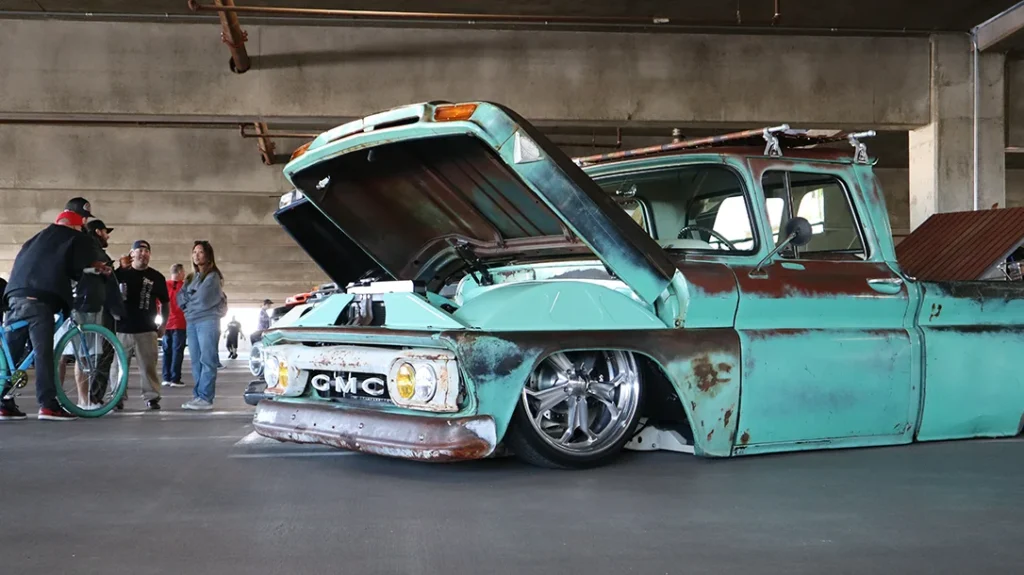The Silver Snoopy Award is one of the most unique of the Space Flight Awareness Awards (SFA Awards) distributed by NASA—less than 1 percent of recipients are in the aerospace program.
What is the Silver Snoopy Award? The actual award is a sterling silver Snoopy pin. Each pin has flown in space. Along with the lapel pin comes a certificate and a letter of commendation. This particular aerospace program award is not given out quickly, and those who receive one are at the top of the class in their field. Astronauts take their time to choose individuals who have earned the award for their work in helping make a spaceflight safe. What prompted the development of the Silver Snoopy Award, and why was Snoopy the character chosen?
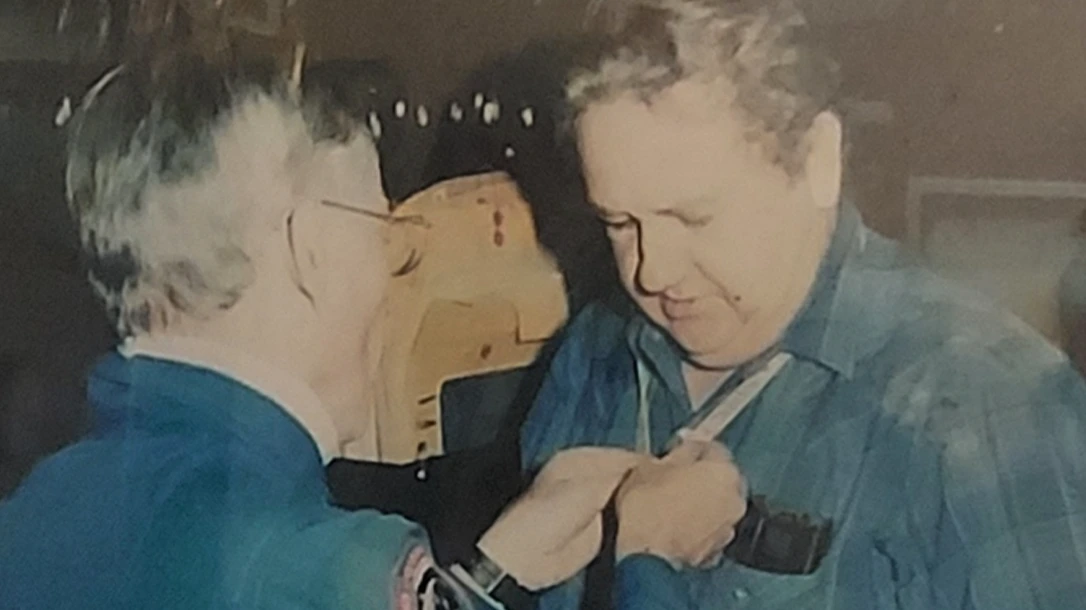
Advertisement — Continue Reading Below
History of the Silver Snoopy
The idea for the Silver Snoopy Award began after the NASA projects Mercury and Gemini were completed. NASA wanted to bring awareness to the successful missions and the employees behind those achievements. The cartoon character Snoopy was chosen because NASA wanted to select a symbol that is well-recognized in society. Since just about everyone knows about the cartoon Peanuts and especially about Charlie Brown’s dog, Snoopy, NASA and Charles Schulz thought this was the way to go.
At the heart of the Silver Snoopy Award is to ensure a spaceflight mission is conducted and completed without incident. The award was first thought of by Al Cop, the director of public affairs for the Lyndon B. Johnson Space Center, then called the Manned Spacecraft Center, created the Silver Snoopy Award. It only made sense to make the Peanut’s character Snoopy the symbol for the award since Charles Schulz supported the U. S. Space Program.
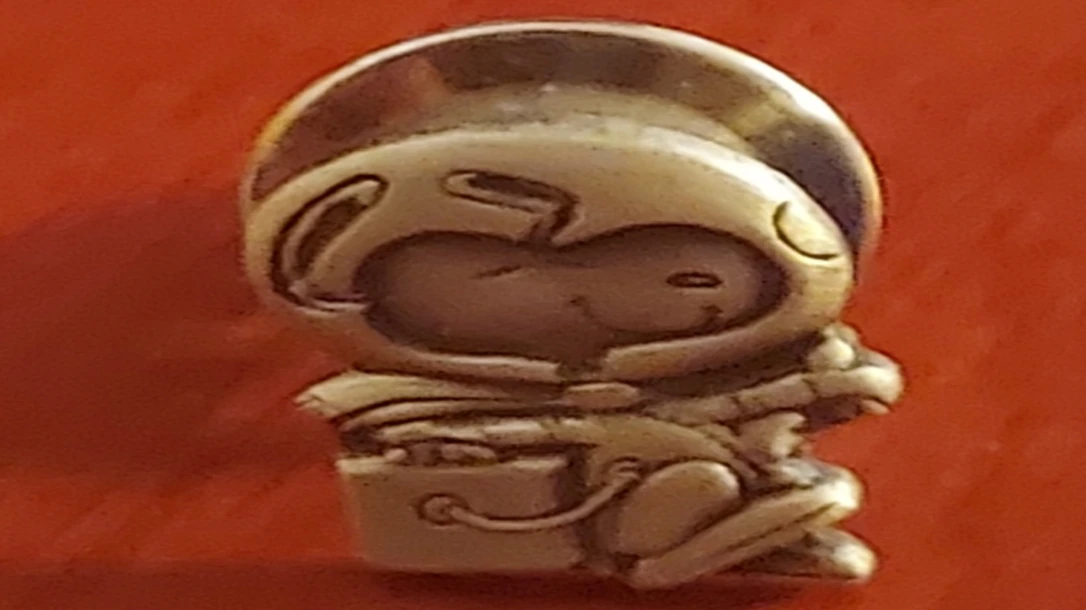
Advertisement — Continue Reading Below
Space Snoopy
He agreed to let NASA use “Snoopy the Astronaut” for free. In the 1960s, the cartoon Peanuts was extremely popular. Schulz himself drew the image on the pin. It has been noted that Schulz was very pleased to be asked to illustrate a picture of Snoopy specifically for this NASA award. This illustration depicts Snoopy dressed as an astronaut; this image is on the pin that flies in space, and the actual certificate is presented to the Silver Snoopy Award recipient. Each certificate is signed by an astronaut who has been part of the process of choosing a recipient for the award.
Another reason the Silver Snoopy Award was developed was because of the tragic events of Apollo 1. Apollo 1 was a mission that was supposed to occur in 1967. However, this particular mission sadly never made it to space as a cabin fire broke out during a practice launch. The fire killed all three of the men who were supposed to be part of Apollo 1. This tragedy encouraged NASA to look at how they could prevent dangerous accidents such as cabin fires from happening in the future. The Silver Snoopy Award is a way to recognize those who have helped keep astronauts safe.
Recognition
It is an award that honors those NASA employees who have contributed to flight safety in a particularly outstanding way. To receive a Silver Snoopy Award, certain points of criteria must be met. Though there are six total criteria points, two more must be met to receive an award. These points of criteria include:
Advertisement — Continue Reading Below
Going above and beyond normal work requirements, achievement in particular program goals, contributing to major cost savings, playing a key role in developing modifications in a program that enhance quality, safety, reliability, performance, or efficiency, developing an improvement in operation that improves efficiency, or developing an improvement in the process. Those who are presented with this award have gone above and beyond for the NASA aerospace program.
Recipients
Since 1968, there have been 15,000 Silver Snoopy Award recipients. That is not many people, considering the award has been in existence for 57 years. There have been a variety of recipients, including EMTs, engineers, and contractors, to name a few. It should be noted that the Silver Snoopy is never given to astronauts; instead, it is rewarded to individuals who have supported the aerospace program in some capacity, especially regarding safety measures during missions.
The first Silver Snoopy Award was first awarded to a few individuals who helped work the LTA-8 Project in 1968. This was a test model of what would later be launched into space.
Advertisement — Continue Reading Below
As mentioned previously, each of the Silver Snoopy Lapel pins presented to award recipients has been flown in space. Typically, there is a connection between the astronaut who presents the Silver Snoopy Award and the pin, meaning the pin most likely flew during that particular astronaut’s mission. The only variation in the lapel pin is that some are made of sterling silver, and there is a mark regarding what company made that pin.
In October 2020, the watch company OMEGA designed the OMEGA Speedmaster watch to commemorate the 50th anniversary of the Silver Snoopy Award.
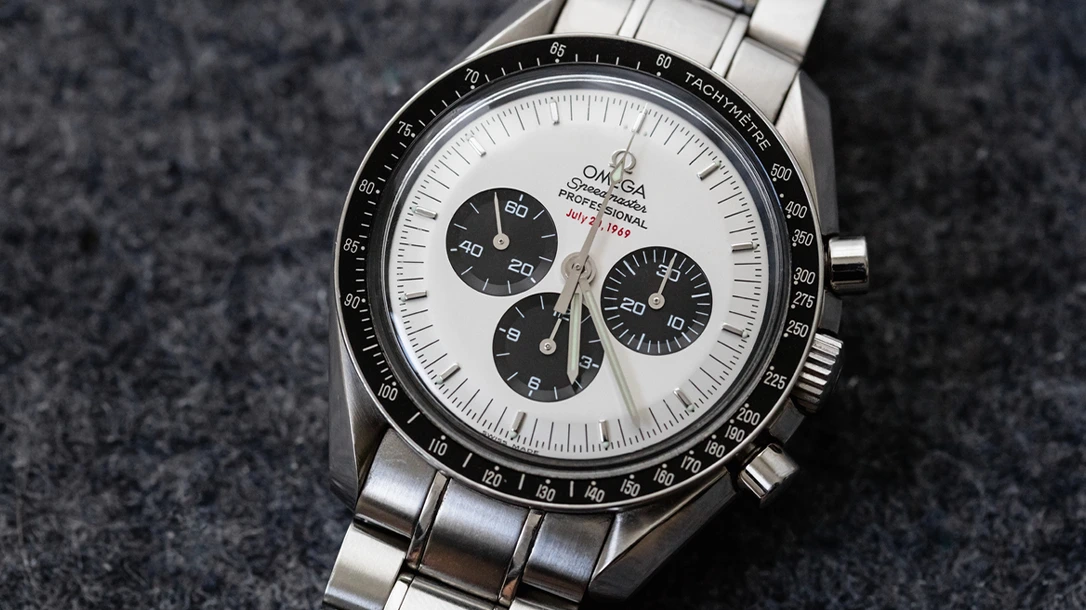
Advertisement — Continue Reading Below
OMEGA Enters the Chat
Why did OMEGA make a 50th-anniversary watch honoring the Silver Snoopy Award? In 1970, United States Astronaut Thomas P. Stafford, who was the Commander of Apollo 10, chose Omega to receive a Silver Snoopy Award. OMEGA was also awarded a Manned Flight Awareness certificate signed by those who were aboard Apollo 13.
During the Apollo 13 mission, an explosion caused the crew to abort the entire mission to preserve the astronauts’ safety. What role did OMEGA play? To ensure the crew entered the atmosphere safely, the rockets on the craft had to be boosted in 14 seconds. There could not be any more time or any less time. It had to be precisely 14 seconds.
The OMEGA Speedmaster Professional watch was used to time this during practice exercises. The watch served the astronauts well and made it through all tests. The watch that came out in 2020 was the fourth watch to be made commemorating the Apollo 13 mission. The 50th-anniversary watch is blue and silver, with Snoopy orbiting the moon on the back.
Advertisement — Continue Reading Below
Outstanding Achievement
The award is prestigious and rare. Those who receive one have gone above and beyond to help make safe travel or missions much safer. Each certificate outlines the reason for the Silver Snoopy Award, whether it is for years of service or one particular achievement.
One recipient of the Silver Snoopy Award, Gary Sparks, said he had no idea he was going to receive it. “I was called in, and everyone I worked with was there,” said Sparks. John Young, the Astronaut, was there, and a photographer. You could have knocked me over with a feather when they told me I was receiving that award.”
Sparks Silver Snoopy pin was flown during the STS-106 NASA mission in 2000. That particular mission was designated to unload three tons of cargo from the orbiter that had already been docked at the International Space Station. The spacecraft was approximately 143 feet long, and this mission took about 11 days to complete.

Honored Recipients
Sparks worked for NASA as the lead man of the CTF Components Test Facility for 27 years. Sparks said he started on an 18-month contract max, and it went on much longer as time went on. The focus of Spark’s job was part of the PRCS Primary Reaction Control System, where he and his team refurbished thrusters. Two or three would fail on shuttles before Sparks and his team. “After we started working on the thrusters, there were no failures,” said Sparks. The precise work of Sparks and his co-workers did not go unnoticed.
Astronaut John Young, who was the ninth person to walk on the moon and Commander of the Apollo 16 mission, gave Sparks the Silver Snoopy Award in 2001. Young recognized Sparks for his outstanding service to NASA, particularly his work on the Shuttle Program at the White Sands Test Facility in New Mexico.
Sparks played an integral role in the construction, activation, and testing of the reaction control system development. One of his biggest accomplishments was ensuring and developing water flush thrusters that removed metal nitrates from failed oxidizer valves. Due to his work on these projects and his designs for particular parts, Sparks saved NASA’s Shuttle Program millions of dollars and helped keep crews safe.
The Silver Snoopy Award is one of the most prestigious awards there has ever been. It is only given to those who are alive and is never given for reasons of longevity or retirement. The Silver Snoopy Award continues to serve as an honor and a reminder about those who have helped keep our astronauts safe. There is a database online that lists each recipient and the reason for their award. Those who have received this award can cherish it forever.
